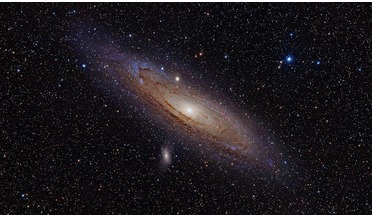 16 February 2018
New study shows Andromeda is not that big after all
16 February 2018
New study shows Andromeda is not that big after all
... observations by the Spitzer Space Telescope in 2006, Andromeda was thought to be two to three times the size of the Milky Way with a population of around one trillion stars. However, after a new and novel technique was implemented by Dr Prajwal...
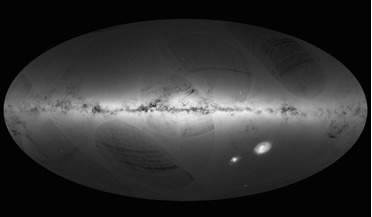 14 September 2016
Gaia's first map hints at big things to come
14 September 2016
Gaia's first map hints at big things to come
...answer questions about the origin and evolution of the Milky Way. Launched 1000 days ago, Gaia started its scientific...galaxies are also visible including the largest galactic neighbour to the Milky Way, Andromeda (also known as M31), seen in the lower...
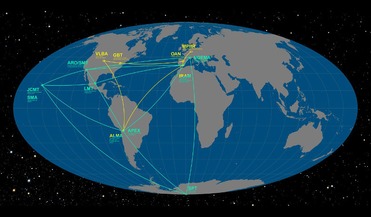 03 April 2017
Milky Way black hole search begins
03 April 2017
Milky Way black hole search begins
Observations are now underway by the Global mm-VLBI Array (GMVA) and the Event Horizon Telescope (EHT) to take a never-seen-before image of the event horizon surrounding the supermassive black hole at the centre of our Galaxy – Sagittarius A*. These...
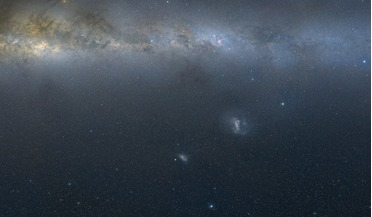 14 December 2016
Astronomers find a ring of new stars around the LMC
14 December 2016
Astronomers find a ring of new stars around the LMC
...SMC, respectively) are a pair of gas-rich galaxies that are satellites of the Milky Way, located in a configuration that is rarely found around Milky-Way type galaxies. The LMC's present irregular appearance is likely the result of tidal interactions...
 21 June 2021
Astronomers using GBT discover previously unknown huge galactic structure
21 June 2021
Astronomers using GBT discover previously unknown huge galactic structure
... reviewing data, Engelke noticed a bump-like feature, which he initially thought corresponded to the Outer Arm of our Milky Way Galaxy. Follow-up observations revealed a large, faint, broad feature in the entire line of sight – a possible home of the...
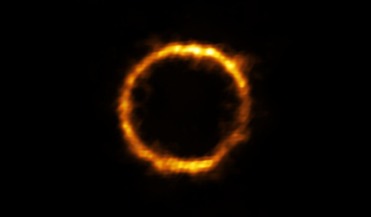 12 August 2020
Distant Milky Way look-alike is a breakthrough in the field of galaxy formation
12 August 2020
Distant Milky Way look-alike is a breakthrough in the field of galaxy formation
... found inside of elliptical galaxies are on average much older than stars found in spiral galaxies like our Milky Way. Despite what might appear as a now slow death to a bland, unimpressive finale, right now SPT0418-4 is something of an enigma...